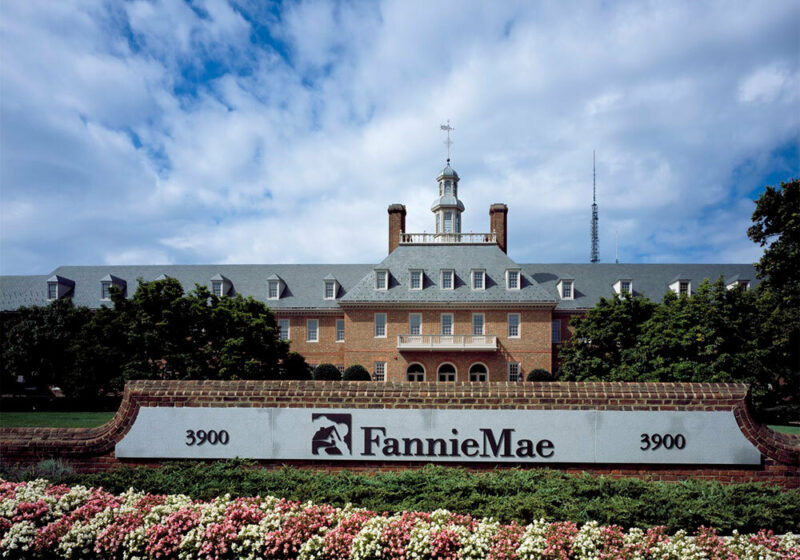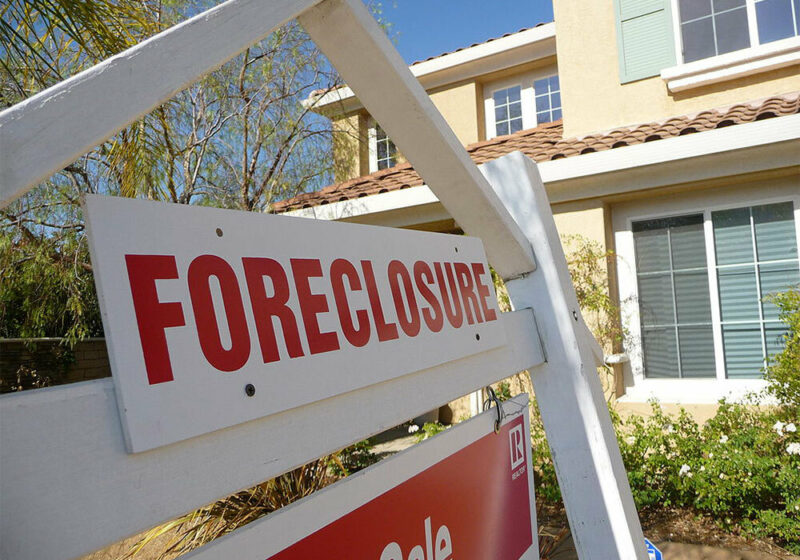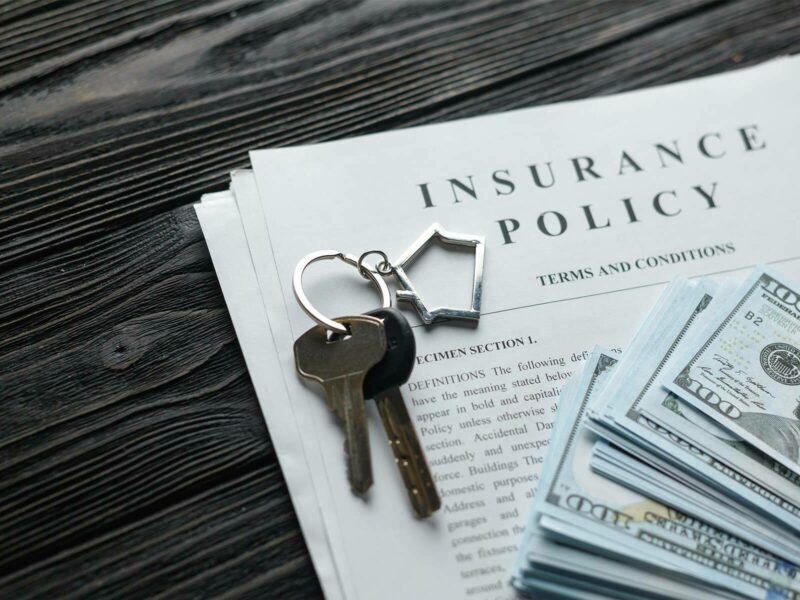Article Excerpt
Learn more about Fannie Mae and Freddie Mac. What are they? What do they do? How do they help homebuyers and homeowners?
In this article:
- Unmasking Fannie Mae and Freddie Mac
- What do Fannie Mae and Freddie Mac do?
- What’s the difference between Fannie Mae and Freddie Mac?
- Do they regulate loans?
- What Is the Secondary Mortgage Market?
- What happened to them in 2008?
- How Do Fannie Mae and Freddie Mac protect homebuyers?
- Homebuying Assistance
- Disaster Assistance
Fannie Mae and Freddie Mac buy mortgages from lenders, providing them with cash to lend to more homebuyers. They protect homebuyers and homeowners in several important ways, including requiring lenders to abide by certain rules.
Homeownership rose significantly in the United States during the 20th century due in large part to the availability of mortgage financing. Banks must have access to cash in order to lend money for home purchases. That’s where Fannie and Freddie come in.
If you’ve ever considered a home purchase, you may have heard these names, but you might not know who they are. It’s more accurate to explain “what” they are since they’re organizations - not people.
Unmasking Fannie Mae and Freddie Mac
First, why “Fannie Mae” and “Freddie Mac”? Their complete names are:
- The Federal National Mortgage Association (FNMA, or “Fannie Mae”); and
- The Federal Home Loan Mortgage Corporation (FHLMC, or “Freddie Mac”).
They’re government-sponsored enterprises (GSEs) created by Congress, but they’re not agencies of the federal government. They are publicly traded corporations known as enterprises under the supervision of the Federal Housing Finance Agency (FHFA), which is part of the U.S. Treasury Department.

Congress created Fannie Mae in 1938 as part of the New Deal during the Great Depression. For the first thirty years of its existence, Fannie Mae was a government agency that bought mortgage loans and kept them on its books. Congress converted Fannie Mae into a GSE in 1968. It created Freddie Mac as a GSE two years later, in 1970. Both enterprises began selling loans in the secondary mortgage market at that point.
What do Fannie Mae and Freddie Mac do?
The main purpose of both Fannie Mae and Freddie Mac is to provide liquidity to the housing market. That means they ensure lenders have access to cash to make new mortgage loans.
They do this by purchasing existing mortgages from lenders and then placing those mortgages into a secondary mortgage market for investors. Lenders are able to lend more money, which keeps interest rates low and enables more people to become homeowners.
Fannie Mae and Freddie Mac guarantee the mortgages they place in the secondary market, which entices investors and brings in more money.
What’s the difference between Fannie Mae and Freddie Mac?
The main difference is in which lenders they target. Fannie Mae mostly deals with large retail banks. Freddie Mac works with smaller banks. They also offer different programs to help homebuyers and homeowners, which are discussed more below.
Do they regulate loans?
Since they’re not government agencies, Fannie Mae and Freddie Mac do not regulate mortgage lenders in the usual sense of the term.
Fannie and Freddie will only purchase and guarantee mortgage loans that conform to their standards. They’re not restricting how lenders can lend on any and every loan they provide - Fannie and Freddie simply won’t purchase loans unless they’re “conforming”.
The two enterprises mainly deal with conventional mortgage loans. These are loans not already guaranteed through government agencies like the FHA or the VA.
Some government regulations do apply to lenders that work with Fannie Mae and Freddie Mac. For example, any lender doing business with them must abide by the Statement on Subprime Lending, which was issued by the Treasury Department and several other agencies in 2007.
What Is the Secondary Mortgage Market?
Fannie Mae and Freddie Mac do not sell individual mortgages to investors. They package multiple mortgages into mortgage-backed securities which are what investors can buy. Doing so can help lenders and investors avoid changes in interest rates, This increases confidence among investors, which usually means more investments and more money in the market.
What happened to them in 2008?
You may have heard of mortgage-backed securities before. They played a role in the subprime mortgage crisis of 2007-10. The full event is complicated - but in the end, almost everybody lost money - including Fannie Mae and Freddie Mac. This happened in part because they were trying to purchase and guarantee as many loans as possible.
The federal government bailed them out in 2008 as part of the larger Wall Street bailout. The FHFA placed both enterprises into conservatorship later that year. This gives the federal government more oversight over their operations for the time being.
How Do Fannie Mae and Freddie Mac protect homebuyers?
Without Fannie Mae and Freddie Mac, far less money would be available for mortgage lending. Banks would not lend nearly as much and the mortgages that would exist would probably have higher interest rates. Fewer people would be able to afford to buy homes, so they would be stuck renting.
The enterprises also have programs specifically created to help homeowners. This includes assistance to people buying a home and relief for people impacted by events like the COVID-19 pandemic.
Homebuying Assistance
Fannie Mae and Freddie Mac offer assistance to homebuyers who can’t make a large enough down payment.
- Fannie Mae’s Home Ready loan program is available to people whose income is no more than eighty percent of the median income for their area.
- Freddie Mac’s Home Possible Mortgage program helps people buy homes in their area, provided their income is equal to or below the local average.
The Wood Group of Fairway offers the Home Ready and Home Possible programs - plus many other down payment assistance programs.
Disaster Assistance
Both Fannie Mae and Freddie Mac have enacted moratoriums on foreclosures during the financial crisis that has resulted from the COVID-19 pandemic. This applies to single-family mortgages backed by either entity.
Should a similar economic disaster occur in the future, we may expect for them to enact the same kinds of protections for homeowners.

They also allow homeowners with mortgages backed by them to request forbearance plans because of hardship resulting from the pandemic. This allows the homeowners to defer mortgage payments for as long as eighteen months.
» READ MORE: How Does Mortgage Forbearance and Deferment Work?
Learn More About Your Options
Financing a new home may seem complicated - but an experienced mortgage adviser makes the process seem easy!
The Wood Group of Fairway is here to help you understand your options. Get started on your free pre-approval right away!



